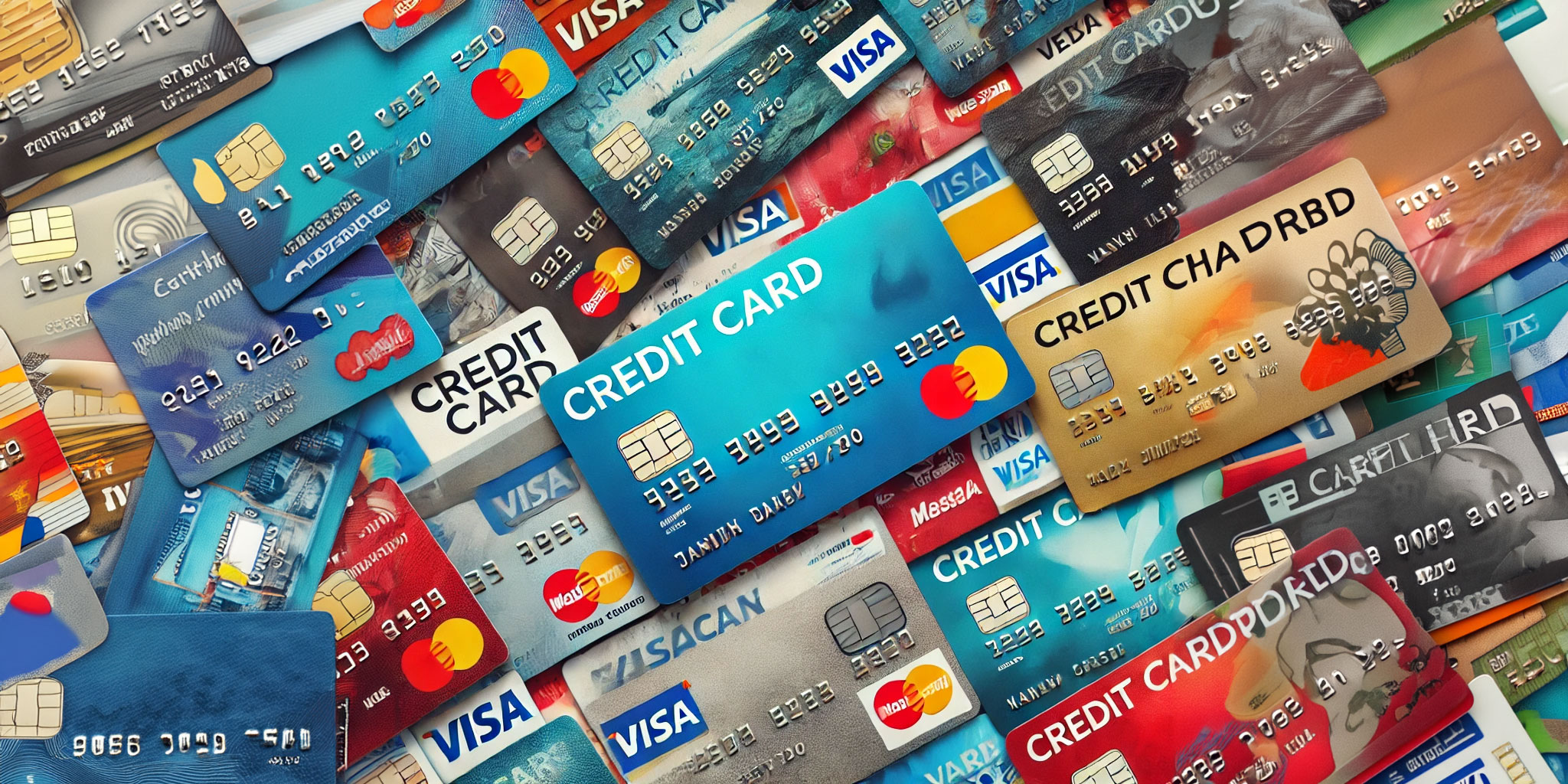Understand Your Credit Card Monthly Payment
Understanding Your Credit Cards
What is credit? Credit is the immediate use of products, services, or money in exchange for the promise to pay in the future. We can access credit using credit cards, charge cards, retail store cards, affinity banking cards, mortgages, and home equity and installment loads are ways to access credit.
Using credit cards can help establish a good credit rating, make shopping convenient, give you emergency buying power, and is a source of record keeping to track your purchases. Using a credit card ofter times allows you to hold a reservation and has benefits like discount and reward programs like airline miles, shopping, and gas rewards are enticements to use specific credit cards.
When using credit cards, it is vital to understand the risks so you can avoid getting into debt. Unchecked credit can lead to impulsive buying and overspending, and if you don’t pay off your purchases each month, your card will become an expensive borrowing vehicle due to high interest rates, late fee charges, and possible hidden fees and surcharges.
But I am paying the Minimum Amount? Is that the best payment plan?
While it can be very seductive to pay the minimum amount, it carries a high interest rate on the remaining amount that you will be accruing interest on the remaining balance making your purchase that much more costly. For example, if you owe $4,500.00 on your credit card, with a credit card APR( Annual Percentage Rate, which is a yearly interest rate plus any fees associated with borrowing money. It’s expressed as a percentage of the principal loan amount) of 21%, and your bill states Make a Minimum Monthly Payment of $123.75, it is important to understand this calculation to know how long and how much you need to pay over time. The rate on the minimum payment can be either a fixed rate or, more typically can be interest + 1% or more of the balance. So with a $4,500 card balance, and making Minimum month payments, it will take 269 months to pay off this bill and because of the interest, it will cost you $7,250.00 which equals $2,750.00 more than you originally had on your credit card. This is how debt snowballs and is a sign to start taking control of your credit card balances and debt.
Steps to take to begin taking control of your credit card debt
- Put a list together of all of your active credit cards (ones that can be used). Write it down on lined paper or enter it in a spreadsheet. Write down the credit card name, i.e. Visa, then next to it the Annual Percentage Rate (APR), the interest charged on past due balances, typically 20%, and then the outstanding balance, even if it is a zero balance. As shown in Figure 1. Leave one line empty at the top for step 5.
- Look at your latest credit card statement or visit the credit card company’s website and write down any missing data on the list. The credit card company website is the best option for getting the most updated information about your account and any relief the company offers its clients.
- If you don’t have an online account, you may want to create one. Automating payment by setting up auto bill payment with your bank account will help you pay balances on time, avoiding fees, penalties, and interest charges.
- Most credit card issuers and debt collectors will work with you on a plan to pay off debt if you contact them and discuss your circumstances and potential hardship. They may also help delay payments and waive penalties and fees.
- Write down your cash or income on top of the list so you can visualize together what you own (assets) and what you owe (liabilities). If you have multiple sources of cash/income, you may want to list these on the left hand side/column of the page and the credit card balances on the right hand side/column, creating a simple balance sheet.
- Check your updated bank account balance(s) and sources of income to see if you can apply any available cash to pay down credit card debt now and still have enough cash to pay your regular or upcoming expenses. Paying off debt as soon as practical will reduce accruing interests, reduce the balance you owe and help you pay off debt quicker.
- Download our handy credit card financial charge calculator spreadsheet and use it to calculate your total monthly credit card finance charges.
Strategies to Assist in Putting a Plan in Place to Pay Down Debt
- Pay down as much debt as you can each month. And typically pay down debt with the highest interest rate first.
- There are many simple strategies to help pay off credit card debt, and automating payments directly is very beneficial once you determine how much each month you have within your monthly cash to use to pay your debt down.
- “Snowball”, is a method where you align your list with the lowest credit card balance first to the largest. Like a snowball rolling down a hill, you’ll pay off the smallest balance first and gradually make bigger and bigger payments, eventually eliminating all of the debt on the list.
- Avalanche, is the preferred method which works by reordering your list with the highest ARP first to the lowest. Like an avalanche, paying off the credit card balance with the highest interest rate first and so on will be a faster and cheaper way to pay off debt.
Choose the strategy that suits you best.



